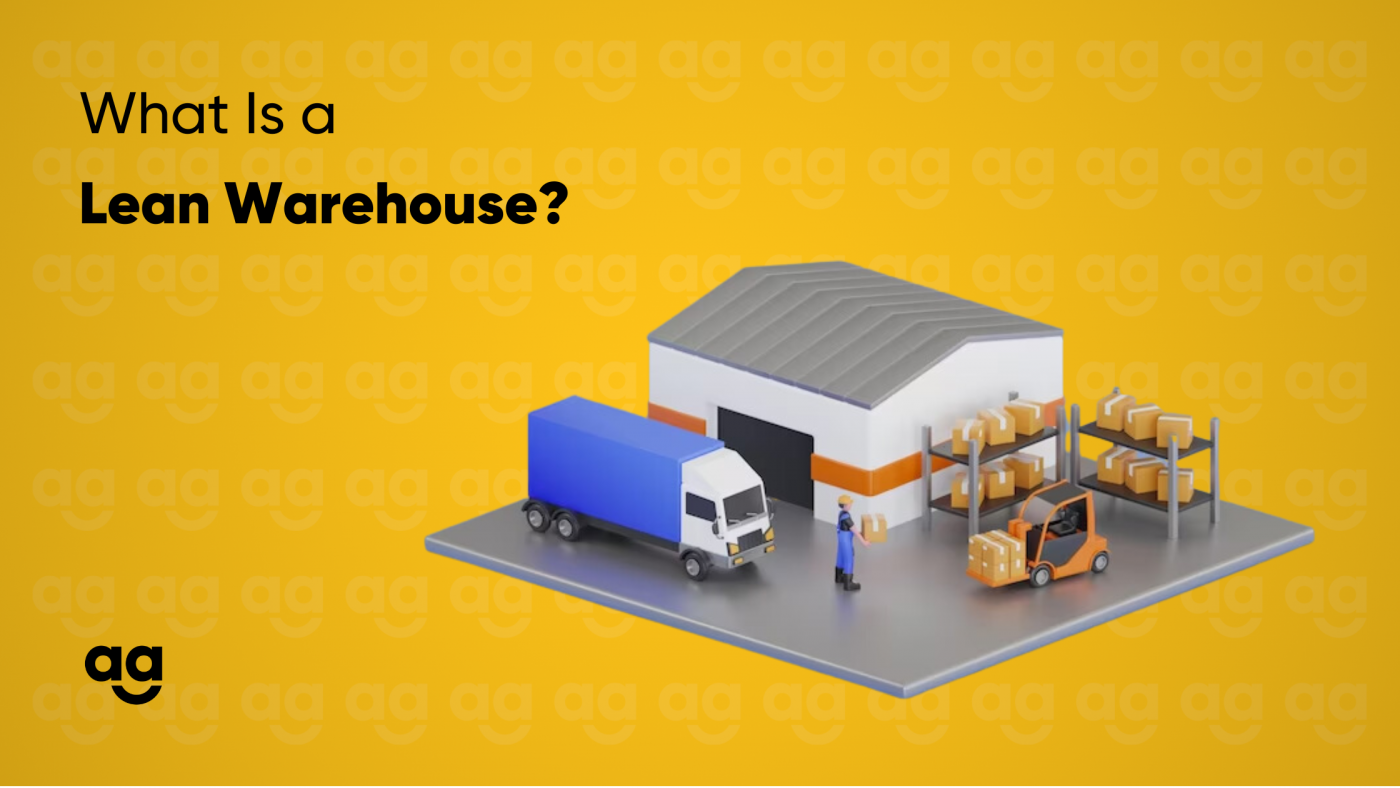Introduction
A warehouse is the crucial bridge between manufacturing and delivering products to customers. This dynamic space undergoes a series of essential processes, collectively known as warehouse logistics, which include:
- Receiving inventory
- Picking and packing
- Inventory management
- Dispatching
- And more!
Within this intricate framework, the concept of a “Lean Warehouse” emerges as a game-changer.
Lean Warehouse
A Lean Warehouse optimizes resource consumption while maintaining or even enhancing productivity. In simpler terms, it entails eliminating processes that lack value, are redundant, or are unnecessary. The roots of lean warehousing can be traced back to Japanese manufacturing companies, with Toyota pioneering its successful implementation.
Warehouse logistics encompass numerous challenges that managers face daily, including the following:
- Budget constraints
- Striving for perfection in orders
- Coping with seasonal demand fluctuations
- Managing diverse delivery channels
- Reducing operational costs
- Maintaining sustainable practices
Amid these challenges, the concept of lean warehousing offers a beacon of hope.
The Lean Warehouse Principles
Lean warehousing hinges on five fundamental principles:
- Sort (Seiri): The process begins with the critical step of sorting, where every warehouse operation is categorized into wanted and unwanted segments. Tasks are broken down into constituent elements, and unnecessary steps are eliminated to streamline operations.
- Streamline (Seiton): After reducing the number of tasks, it’s time to set precise deadlines for them. Multiple ways to complete tasks are analyzed, allowing the most efficient methods to be implemented. This phase also involves straightening out the warehouse, adding inventory tags, placing frequently used items in accessible areas, and optimizing the layout for better flow.
- Shine (Seiso): Clutter and dirt can accumulate quickly in the ever-moving warehouse environment. The Shine phase focuses on keeping the warehouse clean, organized, and up-to-date. This includes addressing repair needs, accident prevention, identifying damaged goods, and establishing regular cleaning schedules.
- Standardize (Seiketsu): Just as any organization relies on standards, warehouse logistics require standardization for smooth and efficient operations. During this phase, clear guidelines are provided to all team members, ensuring consistency and reliability. Visual aids such as posters, infographics, and charts are used for easy reference, and contingency plans (Plan B) are implemented.
- Sustain (Shitsuke): The final stage, Sustain, emphasizes the continuity and adaptability of all processes. Incentives, regular audits, and bonuses play a role in keeping the team motivated and committed to maintaining lean practices.
Bonus Stage: Safety: While not traditionally part of the five lean warehouse principles, safety is a crucial bonus stage. It involves risk assessments, emergency plans, layout reviews, and employee training on emergency procedures.
Lean Warehousing: Building a Sustainable Logistics Advantage
Lean warehousing is a transformative approach that optimizes warehouse logistics, making them more efficient, cost-effective, and eco-friendly. It’s a strategy that can address the myriad challenges warehouse managers face and help businesses thrive in the ever-evolving logistics landscape.
From seamless order and address confirmations to real-time tracking, our suite of products is designed to streamline and manage your logistics operations seamlessly. Discover more about us today and experience the difference for yourself!
Are you ready to revolutionize your logistics? Contact us now.







 Shipping
Shipping







